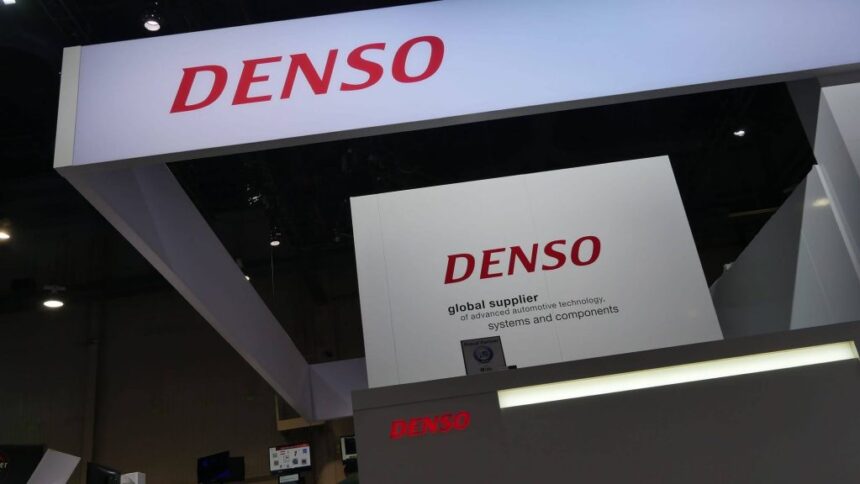DENSO CORPORATION and Quadric.inc have recently announced their collaboration through a development license agreement for a Neural Processing Unit (NPU), a specialized semiconductor for AI arithmetic processing. This partnership will see DENSO acquiring the IP core license for Quadric’s Chimera GPNPU, with the goal of co-developing intellectual property for an in-vehicle semiconductor.
In today’s rapidly evolving landscape of intelligent systems, such as automated driving and connected technologies, vehicles require the ability to process vast amounts of data in real-time from on-board sensors, inter-vehicle communication, and cloud connectivity. As a result, the performance of in-vehicle System on Chips (SoCs) has become increasingly crucial.
DENSO and Quadric have been exploring semiconductor IP development using Chimera GPNPU for in-vehicle SoCs. Their decision to jointly develop an in-vehicle semiconductor IP (NPU) will involve integrating DENSO’s RISC-V based processor with Quadric’s Chimera GPNPU. The RISC-V based processor is ISO26262 ASIL D compliant, making it ideal for safety-critical automotive applications.
Quadric’s Chimera GPNPU boasts a unique architecture capable of handling matrix and vector operations, as well as scalar code in a single execution pipeline. This versatility in computational tasks makes it suitable for various AI functions. Automotive system developers can leverage Chimera GPNPU to incorporate proprietary AI features into their products, ensuring adaptability to future advancements.
By collaborating on a new semiconductor IP (NPU), DENSO and Quadric aim to create in-vehicle SoCs that can effectively adapt to evolving AI trends both during product development and post-release. This joint effort is geared towards enhancing the security and functionality of Advanced Driver Assistance Systems (ADAS) products. Additionally, the partnership aims to support the dynamic needs of the mobility industry through ongoing semiconductor technology advancements.
In conclusion, DENSO and Quadric’s collaboration signifies a strategic step towards advancing AI capabilities in automotive technology. By combining their expertise in semiconductor development, the two companies are poised to drive innovation and address the evolving demands of the automotive industry.







